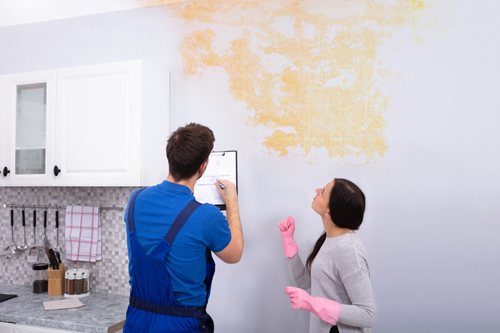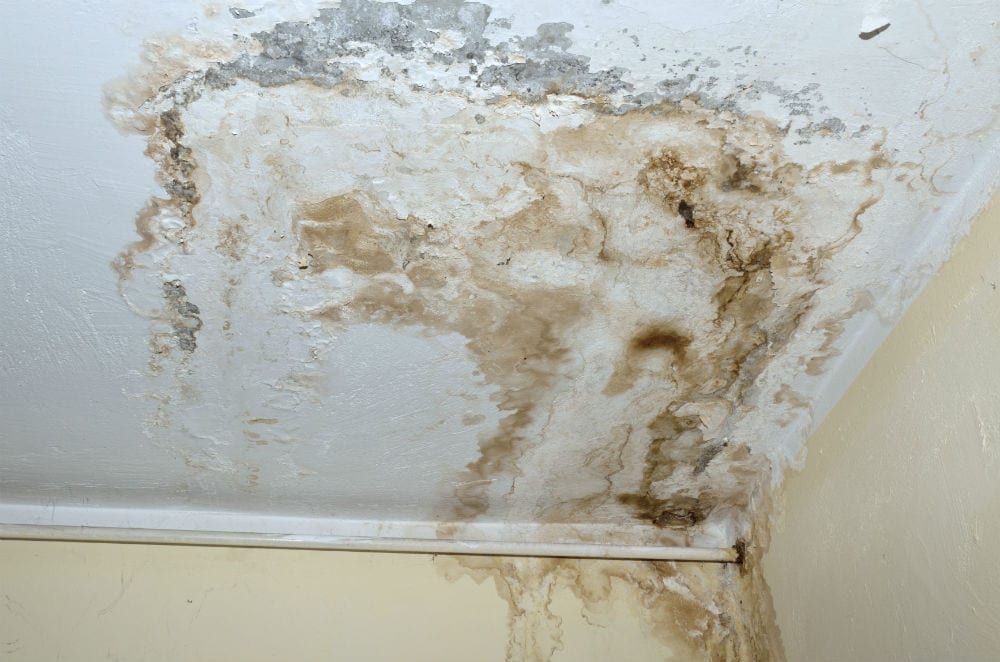Do's & Don'ts of Water Damage.
Do's & Don'ts of Water Damage.
Blog Article
Just how do you feel on the subject of 5 Home Safety Tips To Reduce The Risk Of Fire And Water Damage?

Water gives life, however water breach on some parts where it's not meant to be can result in damages as well as aggravation. In addition, houses with water damages scent old and moldy.
Water can originate from many sources like tropical cyclones, floodings, ruptured pipelines, leaks, and sewer issues. It's much better to have a working knowledge of security precautions if you have water damage. Here are a few standards on just how to take care of water damage.
Do Prioritize Home Insurance Insurance Coverage
Seasonal water damages can come from floods, seasonal rainfalls, and also wind. There is additionally an incident of a sudden flooding, whether it came from a defective pipeline that unexpectedly ruptures right into your house. To protect your house, get house insurance coverage that covers both acts of God such as all-natural calamities, as well as emergencies like damaged plumbing.
Do Not Forget to Switch Off Utilities
When catastrophe strikes and also you're in a flood-prone location, switch off the primary electric circuit. Turning off the power stops
When water comes in as water offers as a conductor, electric shocks. Don't forget to shut off the main water line shutoff as a way to prevent more damage.
If the floodwaters are obtaining high, maintain your furniture steady as they can walk around and cause additional damage.
Do Keep Proactive and also Heed Climate Signals
If you live in a location tormented by floods, stay positive and also ready at all times. Pay attention to the information and also discharge cautions if you live near a body of water like a river, lake, or creek .
Don't Overlook the Roofing System
Your roofing professional should take care of the defective seamless gutters or any various other indicators of damage or weakening. An assessment will certainly prevent water from streaming down your wall surfaces and also saturating your ceiling.
Do Take Note Of Little Leaks
There are red flags that can attract your attention and also indicate to you some weakened pipelines in your residence. Signs of red flags in your pipelines consist of bubbling paint, peeling wallpaper, water touches, water stains, or leaking noises behind the walls. Repair as well as check your plumbing repaired before it results in substantial damages to your home, finances, as well as an individual headache.
Do Not Panic in Case of a Ruptured Pipe
Timing is crucial when it comes to water damages. If a pipeline ruptureds in your house, promptly closed off your major water shutoff to reduce off the resource and also protect against even more damages. Call a trustworthy water damages reconstruction expert for support.
Water gives life, but water breach on some components where it's not meant to be can result in damages as well as hassle. In addition, residences with water damages smell moldy as well as old.
Seasonal water damage can come from floodings, seasonal rains, and wind. Indicators of red flags in your pipelines consist of gurgling paint, peeling wallpaper, water streaks, water stains, or dripping audios behind the wall surfaces. If a pipe bursts in your residence, immediately closed off your primary water shutoff to reduce off the source and also prevent more damages.
Some Do's & Don't When Dealing with a Water Damage
DO:
Make sure the water source has been eliminated. Contact a plumber if needed. Turn off circuit breakers supplying electricity to wet areas and unplug any electronics that are on wet carpet or surfaces Remove small furniture items Remove as much excess water as possible by mopping or blotting; Use WHITE towels to blot wet carpeting Wipe water from wooden furniture after removing anything on it Remove and prop up wet upholstery cushions for even drying (check for any bleeding) Pin up curtains or furniture skirts if needed Place aluminum foil, saucers or wood blocks between furniture legs and wet carpet Turn on air conditioning for maximum drying in winter and open windows in the summer Open any drawers and cabinets affected for complete drying but do not force them open Remove any valuable art objects or paintings to a safe, dry place Open any suitcases or luggage that may have been affected to dry, preferably in sunlight Hang any fur or leather goods to dry at room temperature Punch small holes in sagging ceilings to relieve trapped water (don't forget to place pans beneath!); however, if the ceiling is sagging extremely low, stay out of the room and we'll take care of it DO NOT:
Leave wet fabrics in place; dry them as soon as possible Leave books, magazines or any other colored items on wet carpets or floor Use your household vacuum to remove water Use TV's or other electronics/appliances while standing on wet carpets or floors; especially not on wet concrete floors Turn on ceiling fixtures if the ceiling is wet Turn your heat up, unless instructed otherwise

Do you appreciate reading up on Ways to Reduce The Risk Of Fire And Water Damage? Put feedback directly below. We'd be glad to hear your responses about this page. We are looking forward that you come back again in the near future. Do you know another person who is fascinated by the niche? Take a moment to promote it. We value reading our article about 5 Home Safety Tips To Reduce The Risk Of Fire And Water Damage.
Report this page